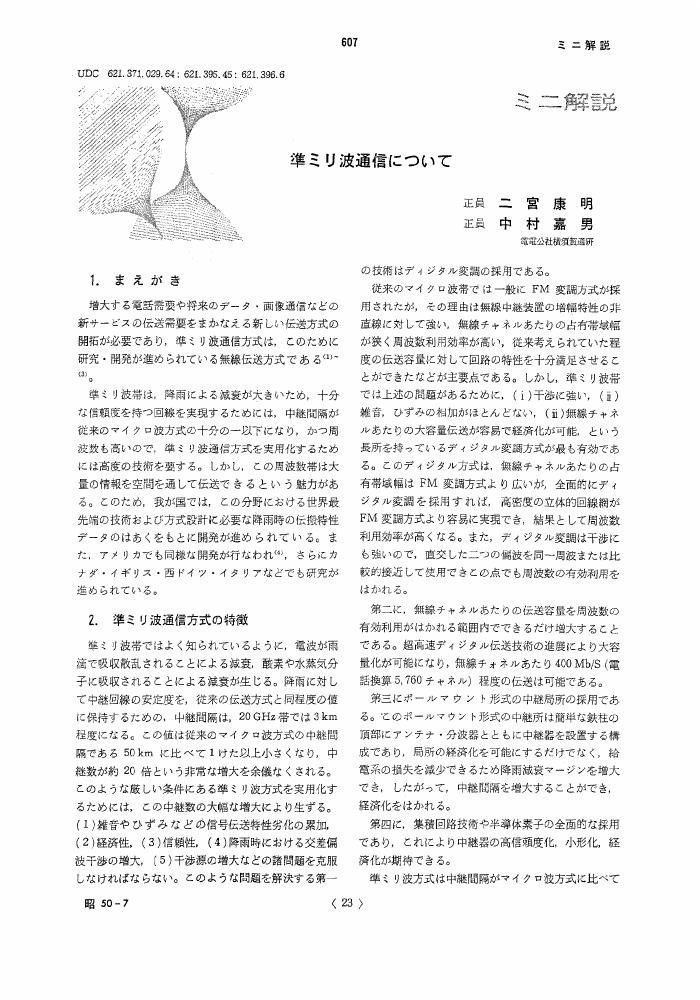3 0 0 0 IR 福島県浜通り地方における 「幻のリアス海岸」 について : 相双海岸の地形景観から
- 著者
- 中村 嘉男
- 出版者
- 福島大学
- 雑誌
- 福島大学教育学部論集. 社会科学部門 (ISSN:05328179)
- 巻号頁・発行日
- vol.67, pp.1-5, 1999-12
1 0 0 0 OA 準ミリ波通信について
- 著者
- 二宮 康明 中村 嘉男
- 出版者
- 一般社団法人 電気学会
- 雑誌
- 電氣學會雜誌 (ISSN:00202878)
- 巻号頁・発行日
- vol.95, no.7, pp.607-610, 1975-07-20 (Released:2008-04-17)
- 参考文献数
- 6
1 0 0 0 IR 感傷家GatsbyとロマンチストGatsby
- 著者
- 中村 嘉男
- 出版者
- 長崎大学
- 雑誌
- 長崎大学教養部紀要 人文科学篇 (ISSN:02871300)
- 巻号頁・発行日
- vol.35, no.1, pp.p79-90, 1994-07
1 0 0 0 OA 相双海岸における丘陵・段丘の開析形態
- 著者
- 中村 嘉男
- 出版者
- THE TOHOKU GEOGRAPHICAL ASSOCIATION
- 雑誌
- 東北地理 (ISSN:03872777)
- 巻号頁・発行日
- vol.19, no.4, pp.172-178, 1967 (Released:2010-04-30)
- 参考文献数
- 17
In the coastal area of Fukushima Prefecture, there develops a series of landforms consisting of hills 100-50m in height, terraces 50-30m, and alluvial plains. The valleys dissect the hills and terraces, both of which consist of Pliocene sandstone or siltstone. There are two types of valley forms in transverse profiles, concave valley (Muldental) and V-shaped valley (Kerbtal, partly Sohlen-kerbtal). These two types are systematically distributed due to the topographical location, and Muldental is accompanied with an undulating landform of small relief, and Kerbtal with linear or convex slope of relatively large relief.As the undulating landform is introduced from an almost flat plane by means of surface denudation, sufficient running water and potential relief are not always necessary for its formation. On the other hand, Kerbtal can not be formed without sufficient water and potential relief enough to undercut the channel bed. Consequently, the undulating landform is in the core area of hills and terraces, free from the Kerbtal development which is seen in areas with linear slopes surrounding the core area.Where the undulating and the linear slopes exist side by side, there appear breaks of hillslopes, knickpoints, in the longitudinal profiles of streams, and so on, forming a front line of topographic unconformity.The undulating landform area and the linear landform area can be distinguished each other, and patterns of the spatial combination of both areas appear in various features of hill morphology.
